Joe Biden blame tornadoes across six US states, killing up to 100 people, on climate change
Joe Biden has blamed the deadly tornadoes that ripped through six US states overnight, killing up to 100 people, on climate change.
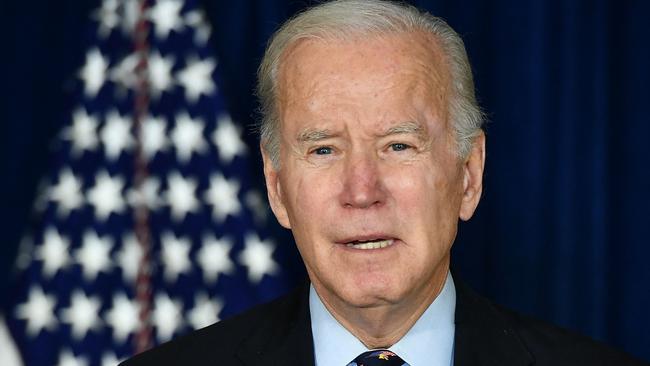
President Joe Biden has blamed the deadly tornadoes that ripped through six US states on Friday night, killing up to 100 people and causing scenes of total devastation, on climate change.
The President declared Kentucky, the hardest hit US state, an emergency zone on Saturday as authorities struggled to account for the number of dead in what will become the deadliest day of tornado damage, in terms of human life, since a one struck Joplin, Missouri in 2011, killing 158.
“The intensity of the weather across the board has some impact as a consequence of warming of the planet,” the president said, speaking in Wilmington, Delaware on Saturday afternoon.
“The fact is we all know everything is more intense when the climate is warming and obviously it has some impact here,” he said, adding that he would be asking the Environmental Protection Agency for an explanation.
Social media had already lit up with claims climate change inaction explained the tornadoes, which flattened a candle-making factory filled with around 100 night-workers in Mayfield, Kentucky, and caused an Amazon warehouse to collapse in Illinois, killing at least 2 people.
The death toll is expected to rise far above the 70 confirmed by Saturday afternoon, as few of the workers in the Mayfield factor had yet been accounted for.
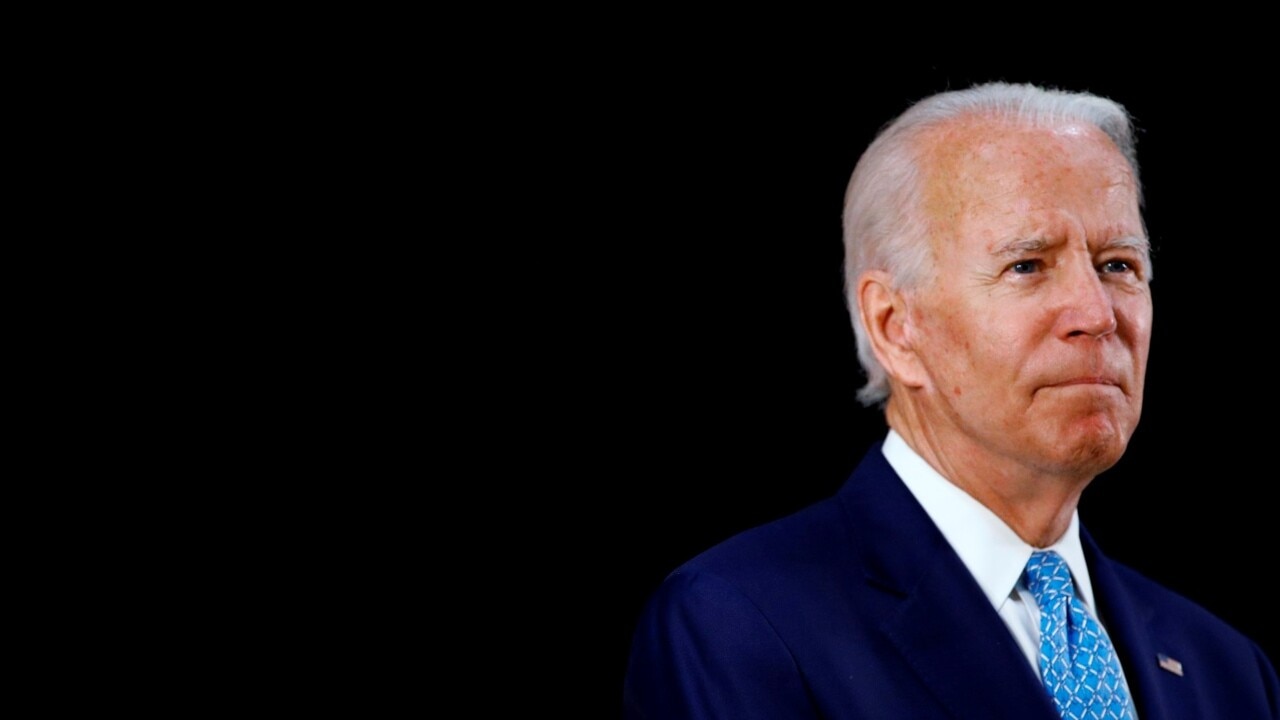
“This has been the most devastating tornado event in our state’s history,” the governor of Kentucky, Anthony, Beshear said. “The level of devastation is unlike anything I have ever seen.”
The late hour of the tornadoes made them particularly deadly, as most people were asleep and couldn’t see the storms coming or read the weather alerts.
“Folks, I’m just going to say it, sixty and seventy degree days and tornadoes in December are not normal,” said Democrat Michigan Congresswoman Haley Stevens in a statement on Twitter, a sign the tornadoes could become politicised as the Democrats struggle to pass a controversial climate change bill in Congress.
Some of the more than 30 tornadoes detected across the six states travelled over more than 200 miles, and derailed a 28-car train entirely from its tracks.
“This is one of those times we’re not Democrats or Republicans,” the President said, speaking to reporters from his home town in Delaware.
NBC journalist Brendan Keefe tweeted climate change was “real and it is devastating”. CBS News climate change expert Jeff Berardelli, hours earlier, said the unusually warm weather that caused the tornadoes was “aided by climate change”.
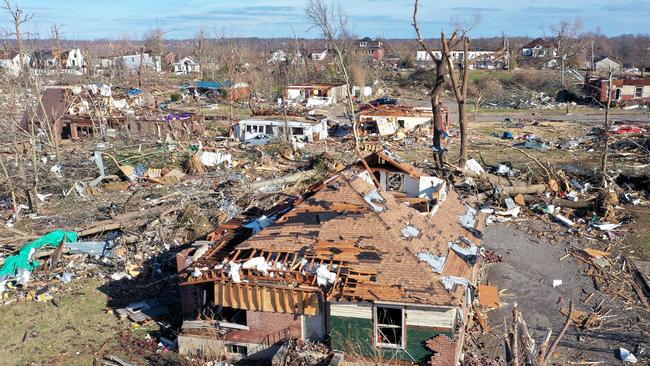
New York climate change activist Alexandria Villasenor said the tornadoes showed “the extreme and deadly future we keep warning you about is already here”.
The evidence tornadoes have become more common isn’t clear, however.
Steve Koonin, a former senior official in the Obama administration, who has argued the risks of climate change are exaggerated, wrote in his book Unsettled, released earlier this year, that the number of severe tornadoes had declined around 60 per cent since the mid 1950s.
The total number of tornadoes had been rising, he explained, but the increase was dominated by weaker, harmless storms that improving technology was now able to detect.
“As human influences have grown since the middle of the 20th century, the number of significant tornadoes hasn’t changed much at all, but the strongest storms have become less frequent,” Koonin wrote.
The US experienced 1,053 tornadoes in 2020, a little down on the 1,251 annual average over 1991 to 2010, according to the National Centre for Environmental Information.
“Annual deaths from tornadoes have fallen by more than a factor of 10 since 1875, largely due to improved radar warnings,” Mr Koonin wrote. Missouri’s “Tri-State Tornado” in 1925 killed more than 750 people.
Climate scientist Daniel Swain at University of California, Los Angeles, pushed back against the argument climate change wasn’t a factor.
“Absence of evidence” does not equal evidence of absence,” he said in a tweet on Saturday. “The research landscape has changed, & there‘s now more evidence than 5-10 years ago,” he added.
Harold Brooks, a senior research scientist at the National Severe Storms Laboratory, told the New York Times the link between tornadoes and climate change was weak.
“We don’t see evidence for changes in average annual occurrence or intensity over the last 40 to 60 years,” he said.


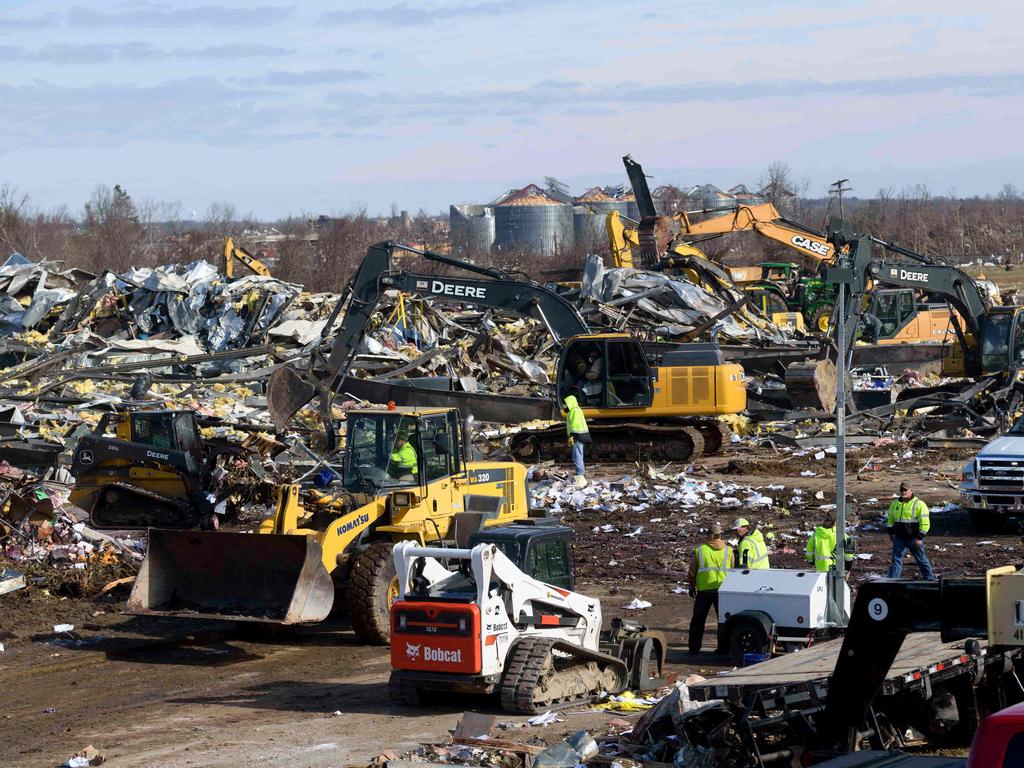




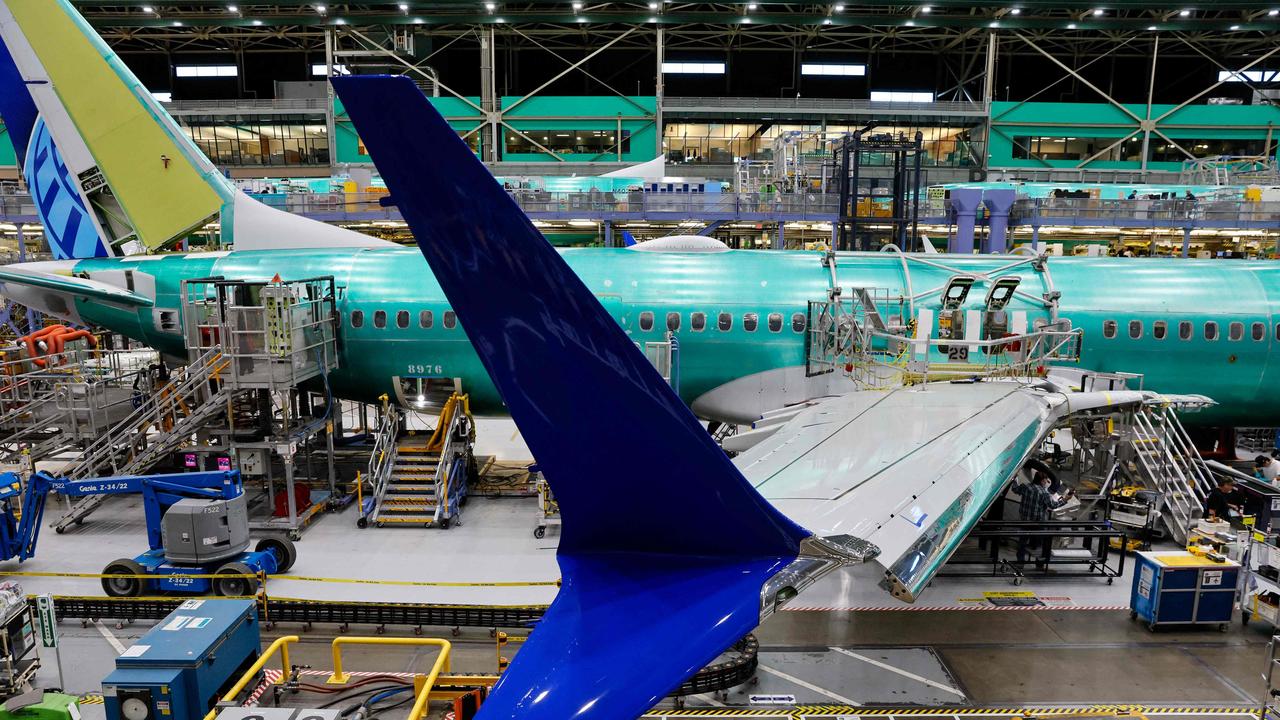
To join the conversation, please log in. Don't have an account? Register
Join the conversation, you are commenting as Logout